Ecuador produces and exports bananas year-round. While there is a high season and a low season, the volumes during the low season are only about 30% lower than those during the high season, says GinaFruit’s general manager, Hugo Castro. GinaFruit produces and exports bananas in Ecuador and is wrapping up a stable and fruitful year.
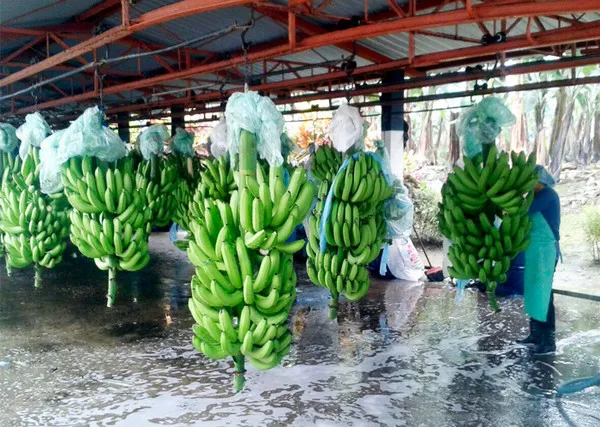
2019 saw high demand and prices
Throughout the year, demand and supply weren’t matching well. Demand increased in unexpected places, and overall prices increased along with the demand. Castro says: “This has been quite an interesting year in terms of the banana market for our company, and for Ecuador in general. The banana supply coming out of Ecuador this year wasn’t able to meet the global demand – there were times that the volumes were high and the demand was low, and then there were also times when the demand was high and the volumes low. Overall, there was a stable demand for Ecuadorian bananas and the prices were slightly higher because of this.”
He adds: “There was unexpectedly high demand from countries like China, Algeria, Libya and Turkey. The African and Mediterranean market’s demand was something we hadn’t accounted for and this kept the prices up. In the past we saw that importers weren’t interested in contracts because the spot market was in their favor, but now we see that the importers are more and more interested in the contracts because it means stability in prices, supply volume and quality.”
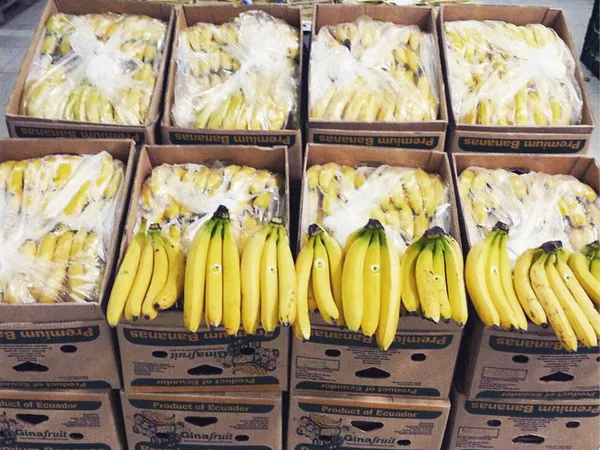
Russia is an important market
The company’s main export markets are Chile, Argentina, Germany, Poland, Russia, China, South Korea, Japan and Singapore and they export approximately 180,000 boxes of bananas a week. Russia is a big market for Ecuadorian bananas, receiving around 25-30% of Ecuador’s total exports. At the beginning of September a shipment of Ecuadorian bananas was rejected by alleged presence of an insect in it. This led to some stirrings about a blockage of all Ecuadorian bananas.
Castro comments on the situation: “The cargo was received in Vladivostok, and it was rejected. Since then, a few new cases of the same issue have occurred, but the Russian imports of Ecuadorian bananas haven’t stopped or decreased. There has been communication between the phytosanitary entities of Russia and Ecuador, and the exporters and producers are pushed to be more cautious. We are taking every preventative measure to ensure that our shipments are clean so that we can eliminate this issue.”
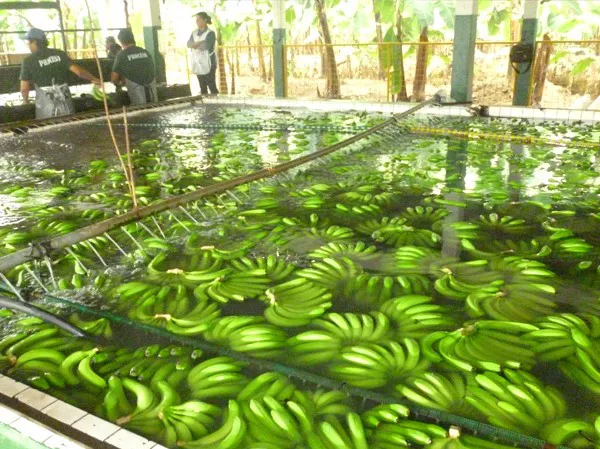
New horizons for GinaFruit
In week 43 of 2019, GinaFruit celebrated their 8-year anniversary. 2019 was a good year for the company, and they expanded into the Chinese market for the first time. Castro says: “We have been developing a lot in the Chinese market and there is much potential there. There are more and more people with acquisition power who demand high quality bananas, and that is something that Ecuador and GinaFruit can definitely offer.”
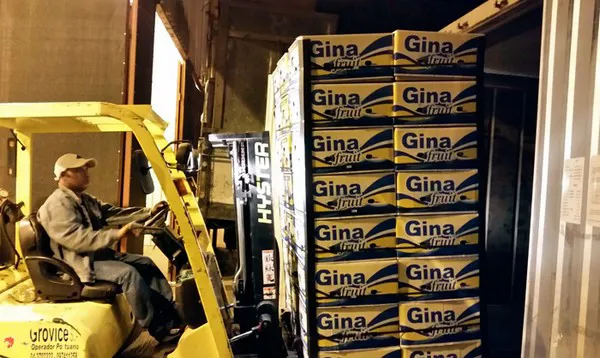
Outlook for 2020
In 2020, Castro expects that the sales of Ecuadorian bananas to Europe will decrease, and that this will be their biggest challenge. “For 2020, one of biggest concerns for all banana exporters in Ecuador is that it will be difficult to hold onto our share of the European market. This is because the prices that the European market looks for are not realistic for the Ecuadorian product – they are better suited for the bananas from Colombia, Costa Rica, Mexico or Guatemala and this works against us.”
“We expect a decrease in the total volumes we sell to Europe, and are already seeing this decrease happening this year. We have lost about 12 -14% of the European market this year. But fortunately, we have been able to redirect the bananas into new markets, and re-allocate the resources. We will, however, be spending a lot of effort to try and regain and retain our market shares in Europe,” Castro concludes.
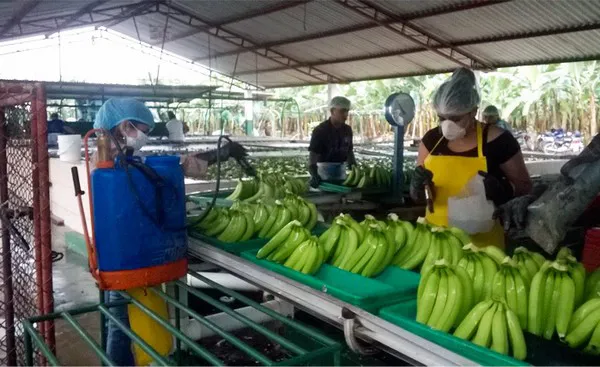
For more information: 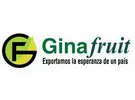
Hugo Castro
GinaFruit
Tel: +593 999423369
Email: gerencia@ginafruit.com.ec
www.ginafruit.com.ec
